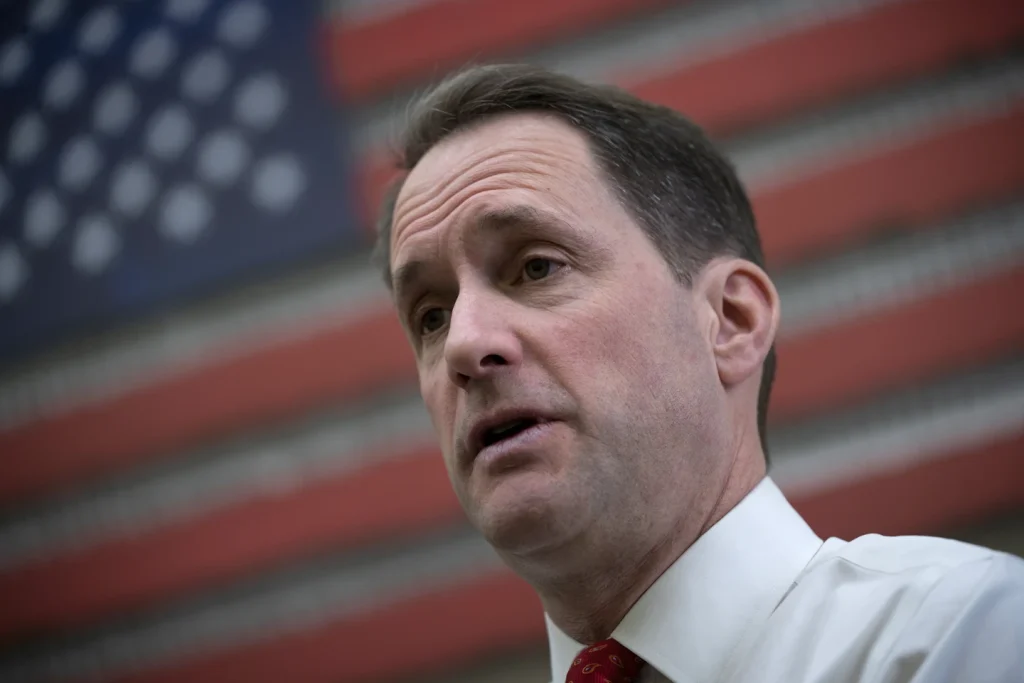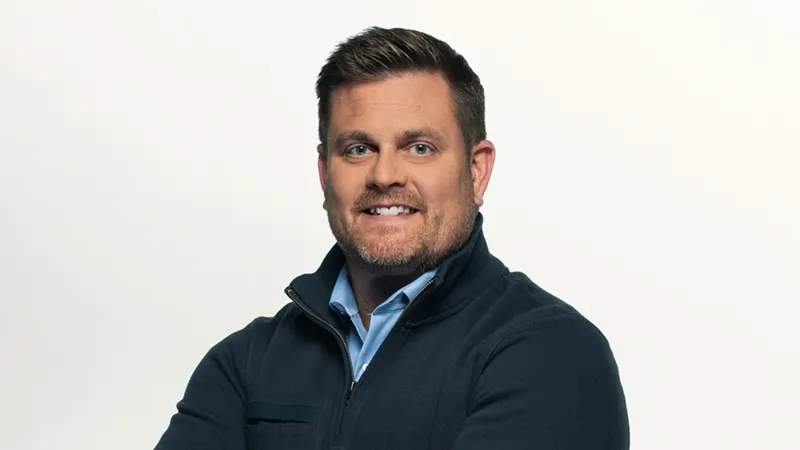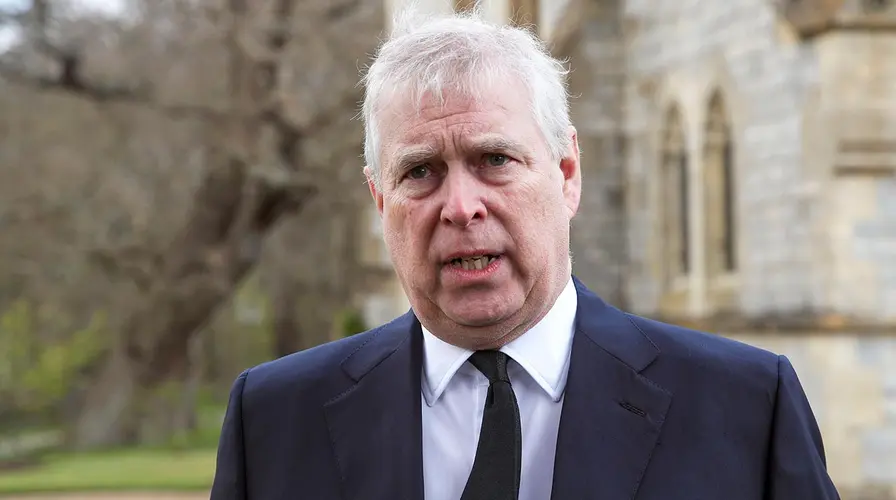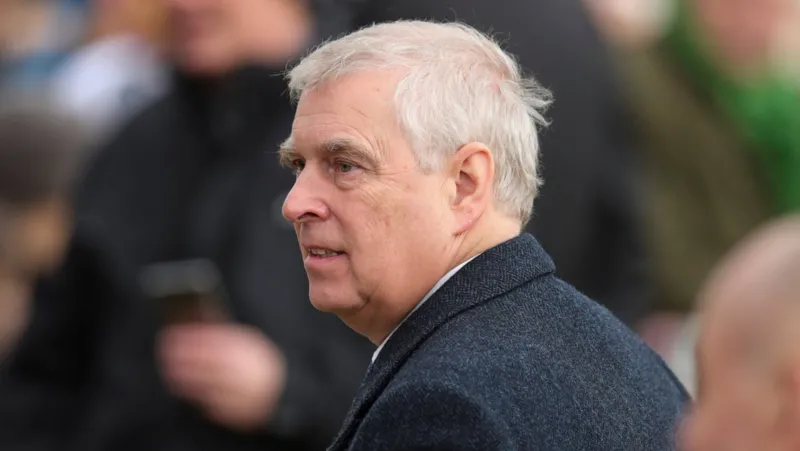Killing of UnitedHealthcare CEO spotlights complex challenge companies face in protecting top brass
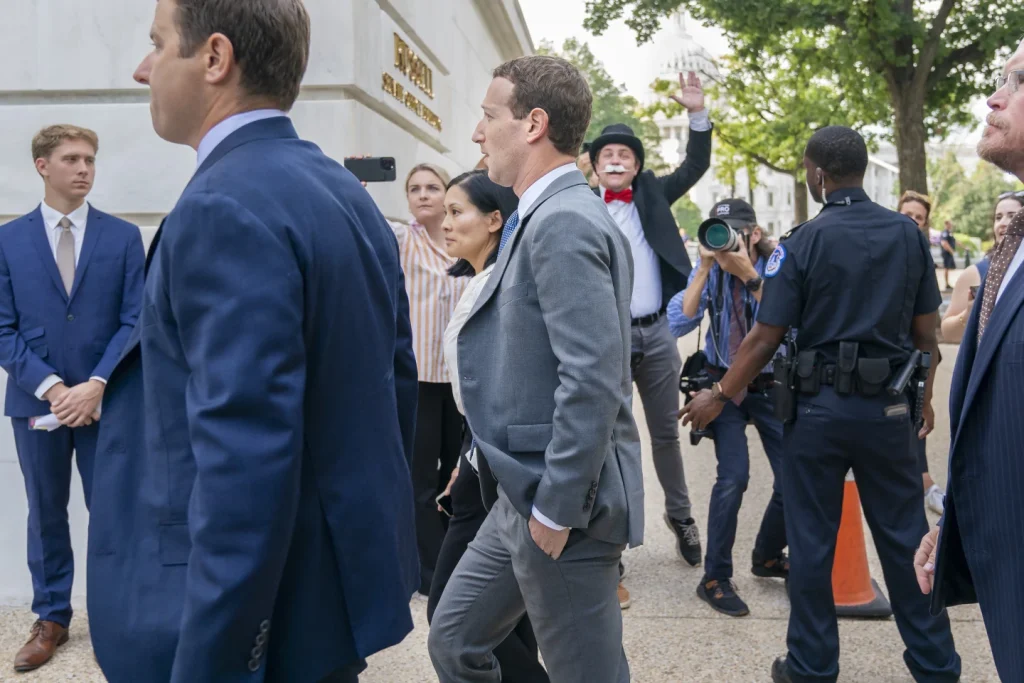
The tragic killing of Andrew Witty, the CEO of UnitedHealthcare, has sent shockwaves through the corporate world, bringing to the forefront a complex and often overlooked issue: how companies can protect their top executives from security threats. The incident has raised important questions about the level of vulnerability high-profile leaders face in today’s interconnected and high-risk environment. While corporate leaders, particularly those heading large multinational companies, are accustomed to a high degree of security, the killing of such a prominent figure reveals the deepening challenges companies face in safeguarding their top brass.
The Incident and Its Aftermath
The killing of Andrew Witty was a highly publicized tragedy that shocked not only the healthcare industry but also the broader corporate and business communities. Witty, who had served as the CEO of UnitedHealthcare, a division of UnitedHealth Group, had been instrumental in the company’s growth and success. His leadership had brought significant advancements to healthcare access and services, positioning UnitedHealthcare as a leader in the insurance sector.
The circumstances surrounding his death are still being investigated, but initial reports suggest that the killing was the result of a targeted attack, with possible personal or political motivations. Regardless of the specifics of the case, the fact that a figure of Witty’s stature could become a target has forced companies worldwide to reconsider their security protocols and the safety of their executives.
Heightened Security Risks for Top Executives
The killing of a high-profile CEO like Andrew Witty highlights the growing threats that top executives face in an increasingly volatile and unpredictable world. Leaders of large corporations are not only managing complex business operations but also navigating geopolitical risks, cyber threats, and social unrest. This combination of high visibility and potential vulnerability makes them particularly susceptible to targeted attacks.
- Personal and Professional Threats: Executives, especially those in charge of powerful and influential companies, often find themselves at the center of various disputes—be it political, business-related, or even personal. For example, a CEO may be targeted due to their decisions on corporate restructuring, layoffs, mergers, or their involvement in controversial political or social issues. With the rise of digital platforms, personal information about executives is now more accessible, making them targets for cyberattacks, doxxing, and even physical threats.
- Increased Attention and Visibility: The public profile of CEOs has expanded dramatically with the advent of social media and the 24-hour news cycle. A high-profile CEO like Andrew Witty is not only known within the corporate sector but is also a public figure whose actions and decisions often dominate headlines. While this attention can be beneficial for the company’s visibility, it also exposes leaders to greater risks, making them targets for extremist groups, disgruntled individuals, or even opportunistic criminals.
- Geopolitical and Economic Instability: In today’s world, corporate leaders must often navigate a complex global landscape filled with geopolitical and economic uncertainty. Tensions between countries, trade wars, and regulatory changes can put executives at risk. For example, a CEO of a company operating in a politically unstable region could be vulnerable to kidnapping or other forms of coercion, as seen in various parts of the world.
Security Measures for High-Risk Executives
In light of the risks, companies are increasingly being forced to invest heavily in the protection of their top executives. While security measures vary depending on the level of risk associated with a particular company or executive, several steps are commonly employed:
- Personal Security Teams: Many high-ranking executives, especially CEOs of major corporations, employ personal security teams. These professionals are responsible for the physical protection of the executive, both in the workplace and in their private lives. This can include security personnel who accompany the CEO to public events, as well as around-the-clock surveillance of their home and office.
- Cybersecurity Measures: With the growing risk of cyberattacks, corporate leaders must also be safeguarded against digital threats. Executives are often targets for hackers aiming to steal sensitive information, such as corporate secrets, financial data, or personal details. Advanced cybersecurity measures are essential in protecting both the personal and professional lives of executives. This includes secure communication channels, encrypted devices, and ongoing monitoring for potential threats.
- Crisis Management Plans: In addition to physical and digital security measures, companies need to have comprehensive crisis management plans in place. These plans should outline procedures for dealing with threats against executives, including kidnappings, extortion attempts, or attacks. Having a pre-established response protocol can ensure that companies act swiftly and effectively in mitigating the damage during a crisis.
- Public and Private Collaboration: Often, the responsibility of protecting high-profile executives goes beyond just the company’s internal resources. Collaboration between private security firms and law enforcement agencies can be crucial in assessing threats and coordinating responses. Public-private partnerships can help create more comprehensive security measures, especially in situations involving international risks.
The Broader Implications for Corporate Governance
The killing of Andrew Witty has broader implications for corporate governance and the responsibilities that companies have toward their leaders. It underscores the need for corporations to recognize the physical and psychological burdens their top executives face in managing the company’s affairs. Beyond just the boardroom, it is important for companies to address the safety and well-being of their leaders.
Moreover, the incident raises questions about how much companies should be willing to invest in executive protection. While many companies already provide extensive security measures, the killing of a CEO has highlighted the need for an even more robust approach. It also calls into question the broader role of corporate leaders in the safety of their employees and stakeholders. After all, if the CEO is at risk, the safety of other employees, especially those in leadership positions, also comes into play.
Impact on Executive Recruitment and Leadership
In the wake of such tragedies, companies may need to reconsider their approach to recruiting and retaining top executives. The risk of harm may become a significant consideration for potential candidates. In some cases, executives may decline offers or leave their positions due to concerns about their personal safety. This could especially be true for leaders in high-risk industries or in regions where there is political instability or violence.
Additionally, companies may have to adapt their leadership structures, providing additional support for their executives in terms of security or taking steps to mitigate the risks associated with high-profile positions. Leaders may also have to navigate increased pressure from stakeholders and investors to prioritize security and crisis management.
The killing of UnitedHealthcare CEO Andrew Witty shines a spotlight on the complex and growing challenge companies face in protecting their top executives. The tragic incident serves as a wake-up call for businesses across the globe to reassess the level of security they provide to their leaders. With the risks surrounding executives becoming more multifaceted, companies will need to adopt comprehensive security strategies that integrate physical, digital, and crisis management measures.
As the corporate world grapples with this issue, it is clear that the safety and well-being of top brass must become a priority in corporate governance. Going forward, companies will have to balance the need for increased executive protection with the ongoing demand for transparent and accountable leadership. The tragic loss of a prominent CEO reminds the world that in today’s interconnected and turbulent environment, the safety of corporate leaders can no longer be taken for granted.


